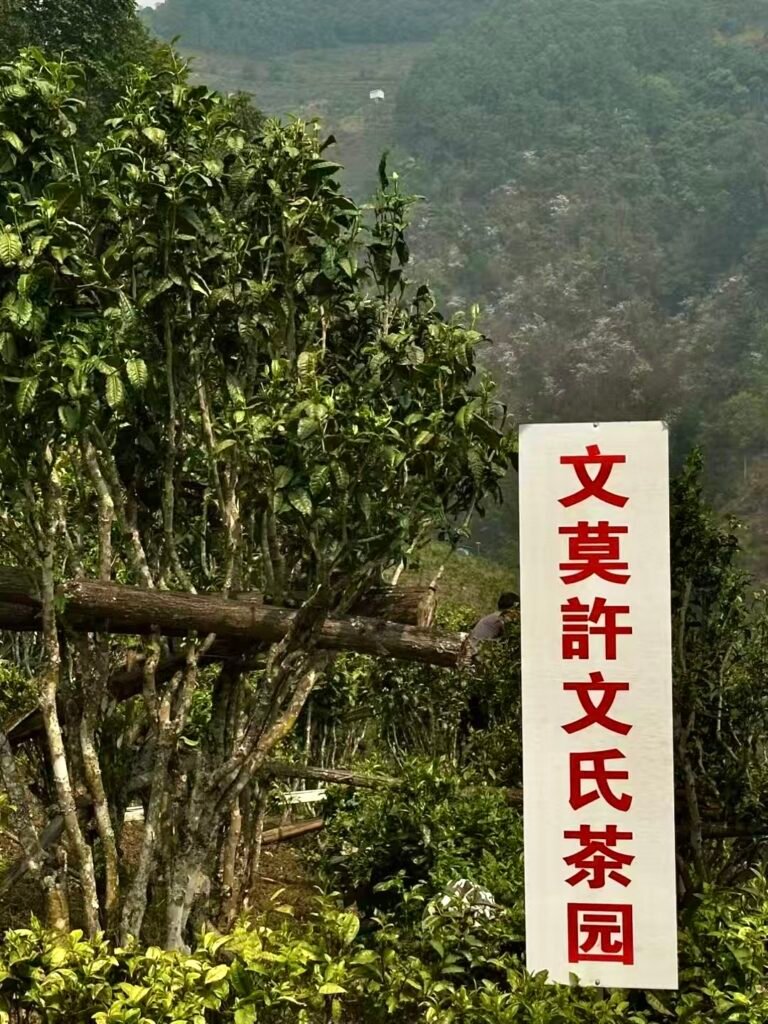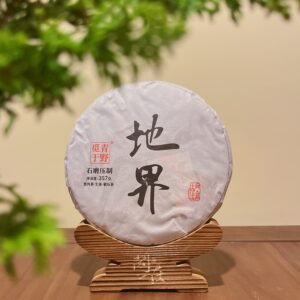描述
Origin: The Eco-Perks of Smaller Mountains

Ingredients & Making: Cheap Doesn’t Mean Low-Quality
Ingredients: 100+-Year-Old Ancient Trees
We adopt professional standards and harvest only in spring, allowing ancient tea trees to fully accumulate nutrients and avoiding over-harvesting, which tends to weaken the trees. And we only harvest “one bud with one or two leaves” that have fine white fuzz (a sign of quality).

Traditional Making: Keep Pu’er’s True Taste
We let the leaves dry naturally → pan-fired at high heat to stop any oxidation→rolled by hand to break down cell walls and release their inner compounds →Sun-Drying →employ a traditional ancient stone mill pressing method for Pu’er tea.


Each Tea’s Taste: Poetic Names, Clear Flavors
- Name Story: “First Encounter”-Inspired by “the freshness of meeting someone for the first time”—light and clean.
- How It Tastes: Subtle mango and green apple hints. Fresh, but not weak—you can taste the “mountain freshness”. Perfect if you’re new to Pu’er, or if you like mild raw Pu’er.
- How to Brew: Use 95℃ water. 5g tea for 100ml water. First steep: 15 seconds. You can brew it 8-10 times.
- Gets Better With Time: It will taste deeper in 3-5 years (you’ll get date or medicine flavors!). Just keep it in a cool, dry place.

Tea aging: About 357-gram Tea Cake
This classic weight standard originates from the traditional Pu’er tea specification established in 1735.
The number “3” symbolizes the “Three Talents (Heaven, Earth, and Man)”;
“5” represents the “Five Elements”;
and “7” symbolizes the “Big Dipper” — perfectly interpreting the cultural connotation of the unity of heaven and man.
This specification can promote balanced energy flow in the tea and achieve stable flavor transformation during storage.







评价
目前还没有评价